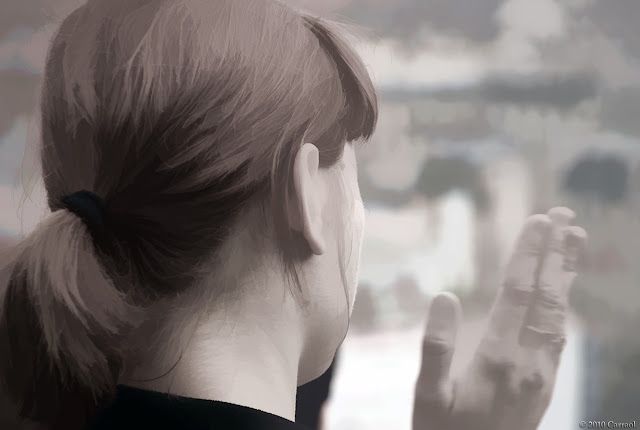 |
| Notre Dame Cathedral |
 |
| Virgin of Guadalupe (Mexican virgin) Virgen de Guadalupe (Dedicada a los creyentes Mexicanos) |
 |
| Sainte Jeanne d'Arc (Joan of Arc) |
1239: The Crown of Thorns is placed in the cathedral by St. Louis during the construction of the Sainte-Chapelle.
7 November 1455: Isabelle Romée, the mother of Joan of Arc, petitions a papal delegation to overturn her daughter's conviction for heresy.
24 April 1558: Mary, Queen of Scots, is married to the Dauphin François (later François II of France), son of Henry II of France.
18 August 1572: Henri of Navarre (later Henri IV of France) marries Marguerite de Valois. The marriage takes place not in the cathedral but on the parvis of the cathedral, as Henri IV is Protestant.[3]
10 September 1573: The Cathedral was the site of a vow made by Henri de Valois following the interregnum of the Polish–Lithuanian Commonwealth that he would both respect traditional liberties and the recently passed religious freedom law.[4]
2 December 1804: the coronation ceremony of Napoléon I and his wife Joséphine, with Pope Pius VII officiating.
1900: Louis Vierne is appointed organist of Notre-Dame de Paris after a heavy competition (with judges including Charles-Marie Widor) against the 500 most talented organ players of the era. On 2 June 1937 Louis Vierne dies at the cathedral organ (as was his life-long wish) as he is nearing the end of his final concert held at Notre Dame.
26 August 1944: The Te Deum Mass takes place in the cathedral to celebrate the liberation of Paris. (According to some accounts the Mass was interrupted by sniper fire from both the internal and external galleries.)
6 June 1971: Philippe Petit surreptitiously strings a wire between the two towers of Notre Dame and tight-rope walks across it. Petit later performed a similar act between the Twin Towers of the World Trade Center.
31 May 1980: After the Magnificat of this day, Pope John Paul II celebrates Mass on the parvis of the cathedral.
10 August 2007: The Requiem Mass of Cardinal Jean-Marie Lustiger, former Archbishop of Paris, is held.
The cathedral is renowned for its Lent sermons founded by the famous Dominican Jean-Baptiste Henri Lacordaire in the 1860s. In recent years, however, an increasing number have been given by leading public figures and state employed academics.
















































